- Written By Team DWS
- Japan
- May 20, 2025
Exploring Aoi Matsuri: Kyoto's Enchanting Festival of Nature and Tradition
Every May, the historic city of Kyoto bursts into life with one of its most cherished festivals—Aoi Matsuri. This remarkable event, steeped in history and tradition, offers both locals and visitors a unique glimpse into the rich cultural tapestry of Japan. Known formally as the Aoi Matsuri, or the “Hollyhock Festival,” this celebration dates back over a millennium and is an enchanting blend of nature, Shinto beliefs, and the vibrant colors of Kyoto’s spring.

A Brief History of Aoi Matsuri
Aoi Matsuri has origins that trace back to the Heian Period (794-1185), a time when the imperial court flourished in Kyoto. Originally, the festival was held as a rite to appease the deities in order to ensure a bountiful harvest. The festival’s name comes from the hollyhock plant (aoi), which is used as an emblem in the ceremonies. Aoi Matsuri became officially designated as a state festival in the 8th century, reflecting its significance in the spiritual and agricultural life of the people.
The festival’s enduring legacy is a testament to the cultural continuity of Kyoto and Japan. Still celebrated today, Aoi Matsuri represents not only a reminder of the past but also a commitment to honoring and preserving traditional arts and customs.
The Ritual at the Heart of the Festival
The Aoi Matsuri unfolds over several days, with the main event held on May 15. The festival is highlighted by a grand procession from the Imperial Palace to the Kamo Shrines, specifically the Kamigamo and Shimogamo Shrines—shrine complexes that date back to antiquity and are significant in Shinto belief.
The procession, featuring more than 500 participants, is meticulously planned. Participants are dressed in elaborate Heian-style costumes, adorned with the auspicious hollyhock leaves. The beauty of these traditional garments is stunning, invoking images of ancient Kyoto and allowing an authentic glimpse into the past.
The procession is led by the Miko (female shrine attendants) and followed by aristocrats on horseback, offering a visual feast that enchants spectators. The participants travel through the ancient streets, crossing picturesque bridges and weaving through lush green landscapes, making the event not only a cultural spectacle but a celebration of nature's beauty.
Embracing Nature
One of the most captivating aspects of Aoi Matsuri is its deep connection to nature. As the festival is held during the peak of spring, the greenery of Kyoto offers a breathtaking backdrop, with cherry blossoms fading and vibrant greens taking their place. The festival emphasizes the harmony between humans and nature, a concept deeply embedded in Shinto beliefs.
The Kamo Shrines themselves are surrounded by sacred groves, where the flora is preserved, honoring the natural deities of Japan. Visitors may find the serene atmosphere of the shrines calming as they reflect on the spiritual aspects of the festivities.
During the procession, offerings of rice, sake, and other agricultural products are made to the deities at the shrines—a practice designed to ensure a fruitful growing season. This connection between the deities and the earth reminds participants of the importance of gratitude and respect for the environment.
The Significance of Hollyhocks
At the heart of Aoi Matsuri lies the sacred hollyhock plant. Traditionally, the leaves are used as offerings to the deities, and the plant holds significance as a symbol of protection. It is believed that the hollyhock wards off misfortune and attracts good fortune. These leaves are showcased in the procession, and participants can often be seen holding them, further emphasizing their importance in the rituals.
Visitors to the festival can appreciate the beauty of the leaves and learn about their significance in Japanese culture. The holistic approach to nature and tradition creates an exhilarating atmosphere that resonates with those who participate in and witness the festival.
Experiencing Aoi Matsuri
Attending Aoi Matsuri is an unforgettable experience. Visitors should arrive early to secure a good viewing spot along the procession route, preferably around the key locations—Kamo Shrines and the Imperial Palace. The event attracts both locals and tourists, creating a vibrant, communal atmosphere filled with anticipation.
Additionally, the streets of Kyoto are abuzz with cultural activities leading up to the festival, such as exhibitions showcasing traditional crafts, food stalls offering local delicacies, and performances of ancient art forms like Noh and Kyogen theatre.
As visitors immerse themselves in the festivities, they are invited to appreciate the delicate interplay between humanity and the environment, celebrating not only the beauty of Kyoto’s traditions but also the vibrant spirit of its people.
Conclusion
Aoi Matsuri stands as a magnificent testament to Kyoto’s rich heritage and connection to nature. This enchanting festival invites all who partake to embrace the beauty of tradition and the significance of community, as it vividly showcases the timeless rituals and deep-rooted customs that have been passed down through generations. Through vibrant processions, traditional costumes, and offerings to the deities, Aoi Matsuri not only honors the ancient Shinto beliefs but also celebrates the harmonious relationship between the people of Kyoto and their lush, natural surroundings. This festival serves as a reminder of the importance of preserving cultural identity while fostering a deep respect for the environment that sustains life.

Aoi Matsuri FAQs: Everything You Need to Know About the Festival
Certainly! Here's a list of frequently asked questions (FAQs) about Aoi Matsuri, a traditional festival in Kyoto, Japan.
1. What is Aoi Matsuri?
Aoi Matsuri, which translates to "Hollyhock Festival," is a traditional festival held in Kyoto, Japan. It occurs every year on May 15 and is one of Kyoto's three major festivals, alongside Gion Matsuri and Jidai Matsuri.
2. What is the history of Aoi Matsuri?
The festival dates back over 1,400 years and is said to have originated as a ritual to pray for a good harvest. It was officially recognized during the Heian period (794-1185) and has maintained its significance throughout the centuries.
3. What are the main events of Aoi Matsuri?
The celebration includes several important activities, highlighted by a grand parade from the Imperial Palace to the Shimogamo and Kamigamo Shrines. Participants dress in traditional Heian period clothing, and the festival includes the offering of hollyhock leaves, which are believed to protect against disasters.
4. How is the procession organized?
The procession consists of various groups, including courtiers, musicians, and a large entourage of people dressed in historical costumes. The participants travel approximately 8 kilometers, retracing the path of ancient rituals.
5. What does the name "Aoi Matsuri" refer to?
The name "Aoi" comes from the hollyhock plant (Aoi in Japanese), which is used in the festival's rituals and offerings as a symbol of protection and good fortune.
6. Where can I view the procession?
The best locations to view the Aoi Matsuri procession are along the route from the Imperial Palace to the Shimogamo Shrine and Kamigamo Shrine. Key viewing spots include the gardens of the Imperial Palace and the areas around the shrines.
7. What should I wear if I attend the festival?
While there is no specific dress code for attendees, many visitors wear traditional Japanese clothing such as yukata or kimono to enhance their experience. It's a wonderful way to immerse oneself in the cultural atmosphere.
8. Is there an entrance fee for Aoi Matsuri?
The Aoi Matsuri is a public event, and there is typically no entrance fee to observe the procession. However, specific activities or areas may have fees associated with them.
9. Can I take photographs during the festival?
Yes, photography is generally allowed during the festival, but it is important to be respectful and mindful of the participants. Be sure to check for any specific rules regarding photography in certain areas.
10. Are there any other activities during the festival?
In addition to the main procession, various cultural events, performances, and presentations related to the festival may take place, often at the shrines and surrounding areas.
11. What is the best time to visit Kyoto to experience Aoi Matsuri?
The festival takes place on May 15 each year. However, visiting during the days leading up to the festival can also provide additional activities and a deeper insight into the cultural significance.
12. How can I get to Kyoto for Aoi Matsuri?
Kyoto is well-connected by train, bus, and air travel. The nearest major airports are Kansai International Airport and Osaka Itami Airport. From Kyoto Station, you can access local transport to reach the festival sites.
13. Are there any recommended accommodations for Aoi Matsuri?
There are many accommodation options in Kyoto, ranging from traditional ryokan (Japanese inns) to modern hotels. It’s advisable to book well in advance due to the popularity of the festival.
---
Feel free to adjust any of this content to suit your needs or audience!
Popular on Blogs
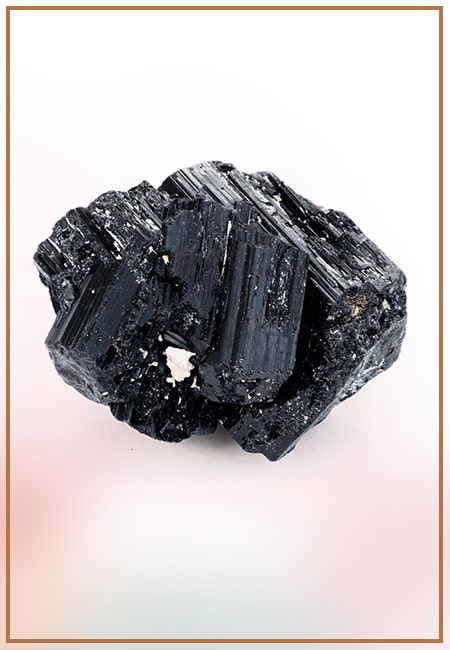
Black Tourmaline: Meaning, Healing Properties, Fascinating Facts, Powerful Attributes, Versatile Uses, and Beyond
September 05, 2023 / BY Team DWS
Black Tourmaline, also known as Schorl, is a highly revered crystal with incredible metaphysical properties. It derives its name from the Dutch word "turamali," meaning "stone with ..
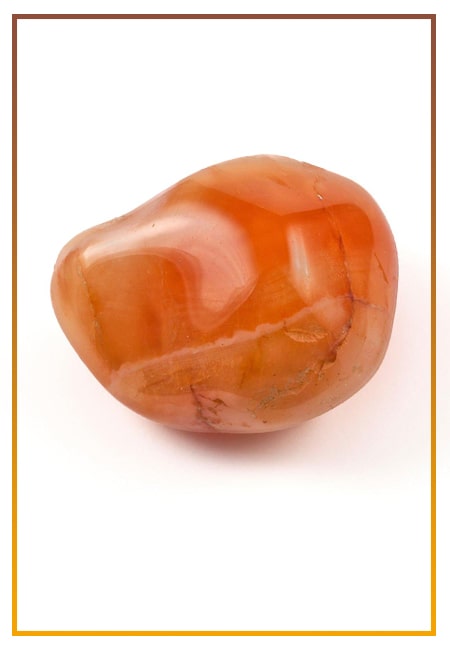
Carnelian Stone: Meaning, Healing Properties, Power, Facts, Color, Uses and More
December 26, 2023 / BY Team DWS
Carnelian is a vibrant and captivating gemstone that holds a plethora of meanings, healing properties, and powers. Its warm and fiery energy makes it a popular choice among crystal ..
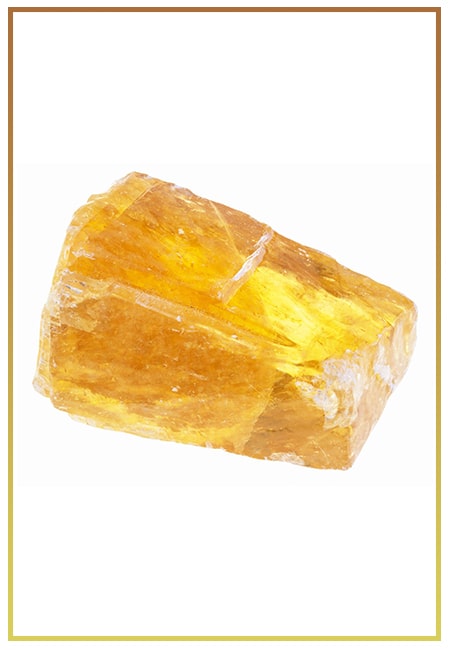
Citrine: Exploring its Meaning, Healing Properties, Fascinating Facts, Powers, Versatile Uses, and Much More
November 18, 2023 / BY Team DWS
Citrine, with its warm golden hues, has captured the attention and imagination of people for centuries. This beautiful gemstone, commonly associated with wealth and prosperity, hol ..
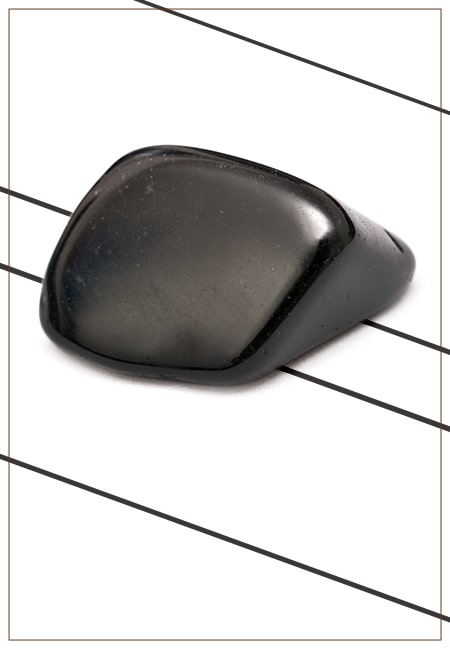
Black Onyx: Unveiling the Meaning, Healing Properties, Fascinating Facts, Powerful Attributes, Versatile Uses, and Beyond
July 25, 2023 / BY Team DWS
Black Onyx, a striking gemstone admired for its deep black hue and elegant appearance, has captivated people for centuries. In this comprehensive guide, we will delve into the mean ..
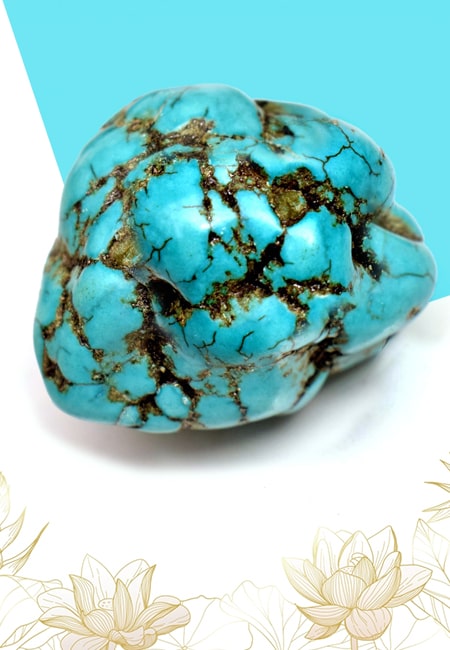
Unveiling the Mysteries of Turquoise Stone: Exploring its Meaning, Healing Properties, Power, Facts, Color, Uses, and More
December 05, 2023 / BY Team DWS
Turquoise, with its captivating blue-green hue, has been adorning jewelry and artifacts for centuries. This striking stone has a rich history, rich symbolism, and a plethora of int ..
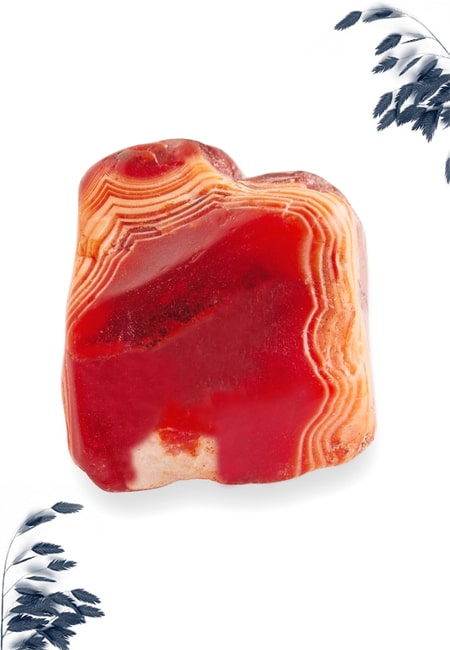
The History Behind The Popularity of Red Agate
December 23, 2022 / BY Team DWS
An Agate is a type of magma rock that takes many years till it is washed out naturally into the water. And that is the reason this stone has elements of water. This beautiful stone ..

Plan a Perfect Valentine's Week with Our Valentine Week List 2025
January 22, 2024 / BY Team DWS
Valentine's Day is undoubtedly the most romantic day of the year, but we believe that one day is just not enough to express your love and make your partner feel special. That's why ..
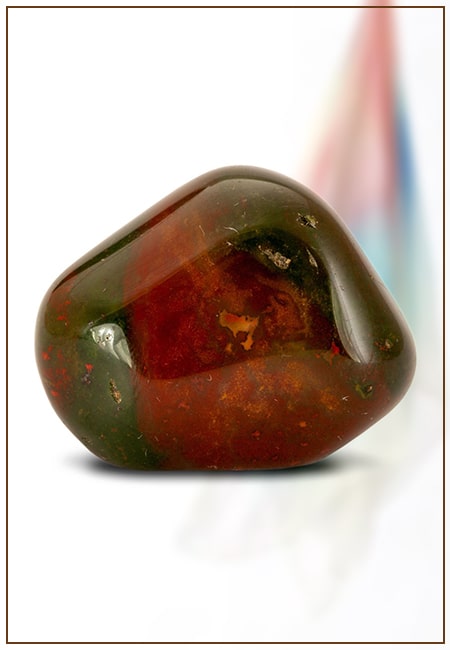
Bloodstone: Unveiling the Meaning, Healing Properties, Facts, Powers, Uses, and More
August 21, 2023 / BY Team DWS
Bloodstone, with its captivating deep green color with specks of red, is a mesmerizing gemstone that has fascinated civilizations for centuries. It possesses unique healing propert ..


